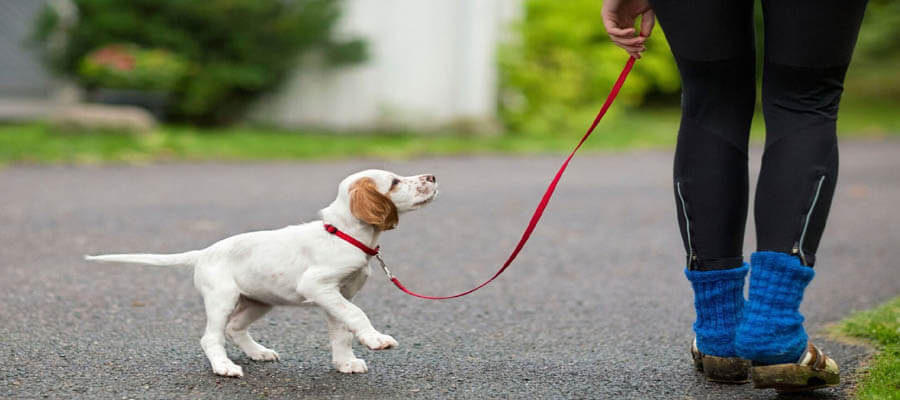
How to Train Your Dog to Walk Without Pulling
Train Your Dog to Walk Without Pulling: Simple Tips for Every Dog Owner
Walking your dog should be a pleasant experience for both you and your furry friend. However, many dog owners struggle with their pets pulling on the leash, turning walks into a frustrating tug-of-war. A dog that pulls can be challenging to manage and may even pose a safety risk in busy environments.
Fortunately, with the right techniques and a little patience, you can train your dog to walk politely on a leash. In this guide, we’ll explore the reasons dogs pull, effective training methods, and tips to make walking your dog a more enjoyable experience.
Why Dogs Pull on the Leash
Pulling usually happens because:
-
They're excited to explore
-
They were never trained on proper leash behavior
Essentials for Your Newly Adopted Pet
Welcoming a shelter pet into your life is a beautiful journey. Here are some handpicked items to help your new friend feel safe, loved, and right at home:
-
You're unintentionally reinforcing the pulling
Whether you're strolling through Central Park, walking the pavements of Manchester, or exploring a Berlin dog park — consistent training is key.
Step-by-Step Guide to Stop Leash Pulling
1. Start Indoors First
Begin training your dog indoors or in your backyard to limit distractions. Use treats or praise to reward calm walking.
2. Use the Right Equipment
Consider using a no-pull harness or front-clip leash. These give you better control and discourage pulling. Some of our Amazon favorites for US/UK/DE are listed below.
3. Follow the “Stop and Go” Rule
If your dog pulls, stop immediately. Wait until they return to your side, then continue walking. This teaches that pulling = no progress.
4. Try Direction Changes
Randomly change direction mid-walk. It keeps your dog focused on you rather than charging forward.
5. Reinforce Good Behavior
Reward calm walking with treats, gentle praise, or even their favorite toy.
Leash Training Tips by Region:
-
US Owners: Many parks require leashes — consider retractable leads only after training is consistent.
-
UK Owners: Use dog-friendly parks and pay attention to local leash laws. Public footpaths are great training spots.
-
German Owners: In Germany, "Leinenpflicht" (leash laws) apply in most cities — consistent loose-leash walking helps avoid fines and stress.
Recommended Products for Training
Check out our hand-picked gear (available via Amazon affiliate links):
-
Front-clip harnesses
-
No-pull leashes
-
Treat pouches for positive reinforcement
Final Thought
Training your dog to walk without pulling requires patience, consistency, and the right techniques. By understanding why your dog pulls, choosing the appropriate equipment, and employing effective training methods, you can transform your walks into enjoyable experiences for both you and your pet.
Remember to be patient and celebrate small victories along the way. With dedication and positive reinforcement, your dog can learn to walk calmly and politely on a leash, allowing you both to enjoy your time outdoors together.
Want more dog training advice Browse our Training Tips section for expert-backed guides tailored for pet parents across the globe.
Affiliate Products
We may earn a small commission when you shop through our links — it helps us keep sharing love and care for every dog out there, at no extra cost to you.
Up to 75% Discount

Dog Collar with Health Monitoring
BUY NOW »
Up to 55% Discount

Luxury Faux Furhuge Napping Bed
BUY NOW »

